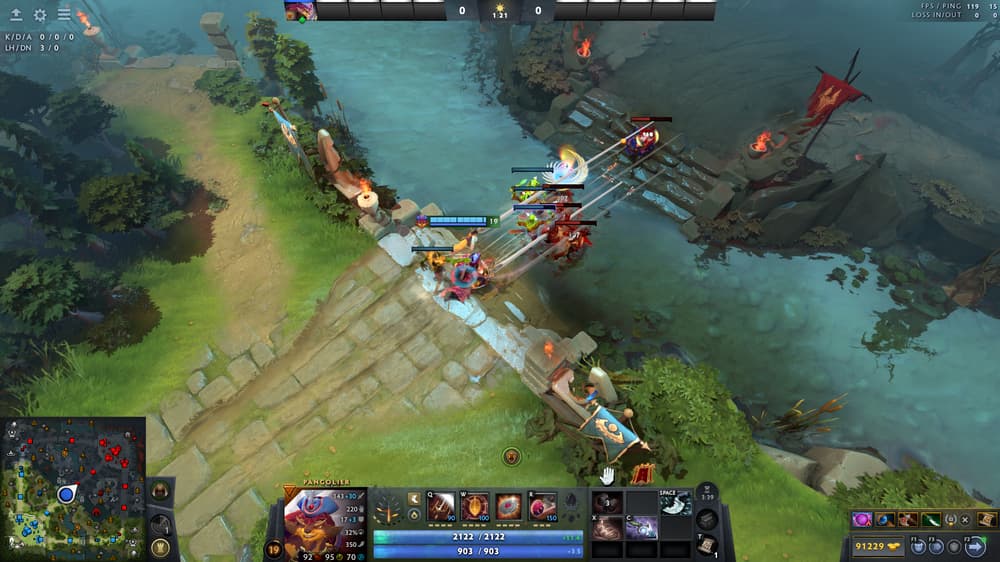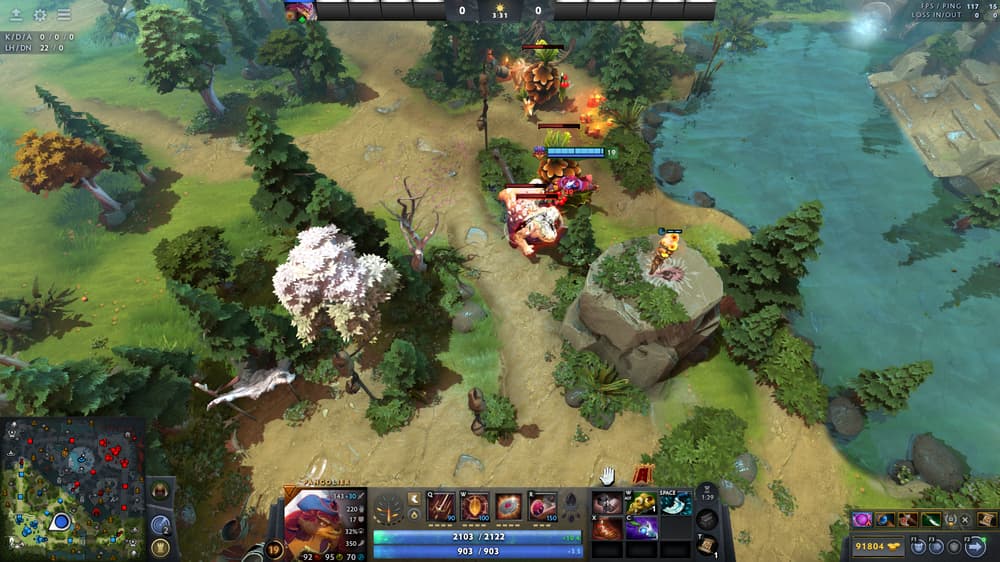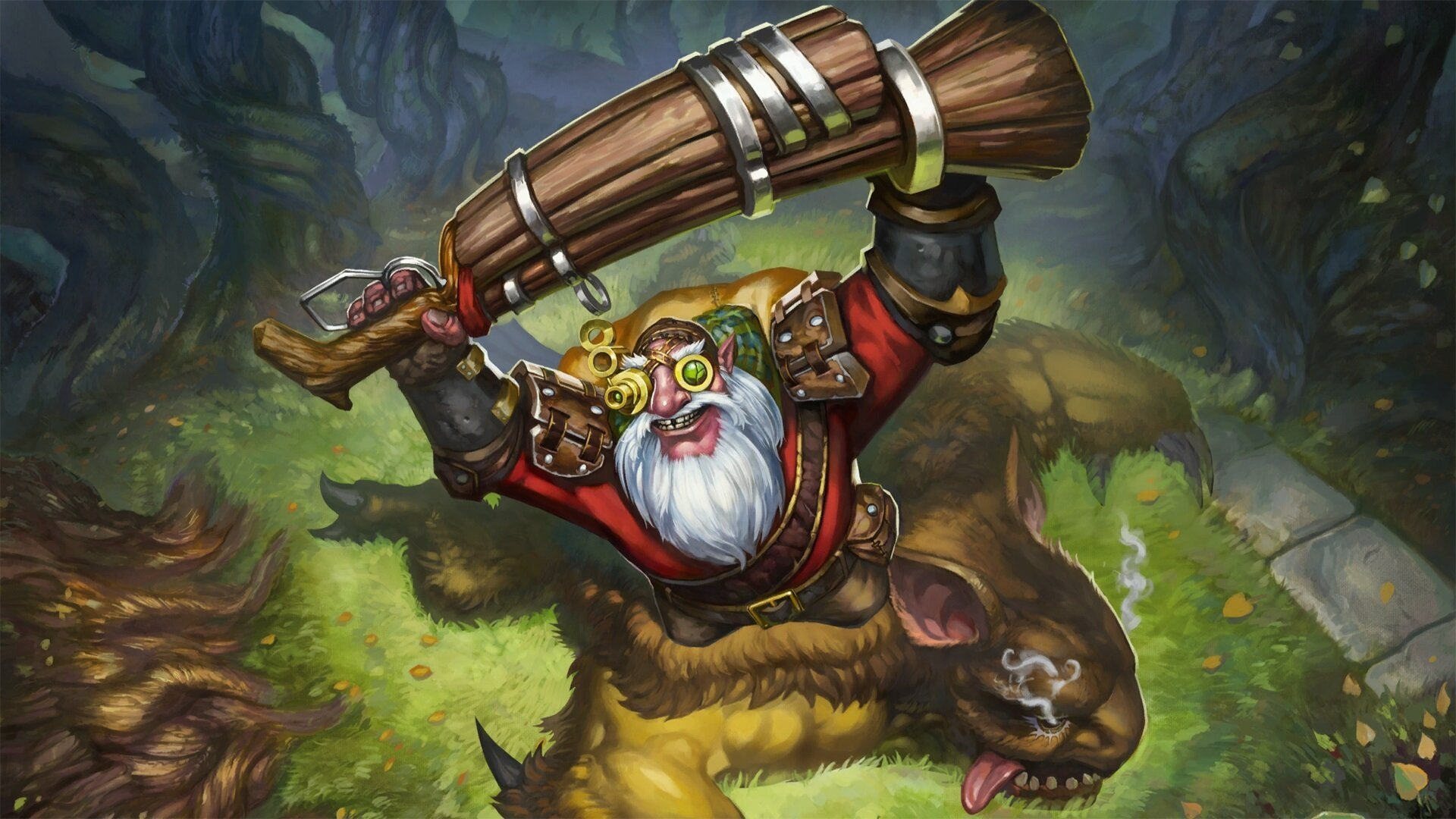If you’re playing the mid-lane role, you might be thinking “fight, fight, fight,” but the truth is, you also need to do some farming. Mid isn’t just about getting flashy kills – it’s also about getting gold and XP as efficiently as possible to hit your key timings and reach critical mass quickly.
![Best Mid Lane Farming Patterns in Dota 2 [Increase Your GPM]](https://www.hotspawn.com/wp-content/uploads/2025/11/best-mid-lane-farming-patterns-in-Dota-2-1125x633.jpg)
In this guide, we’ll break down the best mid-lane farming patterns in Dota and tips that you can apply in your own games and see your net worth skyrocket.
As a mid-laner, the early game means everything. This role requires you to dictate the pace of the game, and farming well in the first 10 to 15 minutes will give you a head start.
When you hit your key items and levels faster, you deal more damage, and suddenly, you’ll come online. To achieve this, you’ll have to farm effectively to get your required gold and levels.

Remember that a mid hero with good farm will always be more useful than a mid hero who keeps running around for “almost kills” and ends up behind in items.
Many lower-ranked mid players who haven’t quite got to grips with how to play mid in Dota think that just because they’re the mid-laner, they have to keep ganking or fighting or they have no impact. This is not entirely true.
If you force ganks all the time, you often miss creep waves, arrive too late for farm, and walk across the map without getting any kills. In the end, it’s a lot of wasted time that could’ve been used for farming.
You don’t need to gank every minute. Instead, only look for ganks when there is a clear reason, such as:
If none of these criteria are met – no rune, no ultimate, no setup – then it’s usually perfectly fine to stay mid and farm. Instead of telling yourself, “I must do something on the map,” think, “there is no good fight right now, so I’ll get stronger for the next fight.”
Ganks are very unreliable when you don’t have resources like your ultimate or power runes. What usually happens if you force a rotation is: you leave mid, walk all the way to a side lane, the enemy sees you and backs off, you end up with nothing. This is the most common way for lower-ranked players to lose farm and efficiency.
This is where the idea of “downtime” is important. Downtime is when your strong tools are not available – ultimate on cooldown, no good rune, or the enemy lanes are too hard to kill. In these moments, instead of forcing plays, you should use that time to farm.
The pattern is pretty simple. You push the mid wave, let it walk into the enemy tower, then step into your jungle and clear a camp – rinse and repeat. By doing this again and again, you turn the risk of “nothing happening” into extra gold and experience.
After the laning stage ends, usually after the 8-minute mark, the way you play mid changes. You no longer need to maintain creep equilibrium or maximize denies. Instead, it’s often better to farm as efficiently as possible.
So, don’t hesitate to nuke the wave as fast as you can and move to the jungle and farm camps. This way, you’re getting lane gold and jungle gold every minute. To maximize your gold gain, you’ll need to be efficient.
Most mid-lane heroes are equipped with area-of-effect spells, which become their farming tools in the early game. For example, Puck’s Illusory Orb, Pangolier’s Swash Buckle, or Lina’s Dragon Slave.

The best way to farm efficiently is to use your spells on more than one camp at once. You can hit the first camp, pull those creeps a bit toward the second camp, and then use your AoE spell so it hits both camps together. This saves time, mana, and health you would otherwise lose from tanking two camps.
You should also start thinking about stacking camps, especially when you’re playing mid heroes that can clear them. Heroes like Sand King, Shadow Fiend, or Sniper are extremely effective in taking down large stacks.
If you’re playing these heroes, it can be a good idea to start stacking camps as early as the 4-minute mark. It’s a good idea to pick up Boots of Speed early and start stacking camps until you can eventually clear it.
Preparing your own stacks can give you a massive injection of gold and solo experience to surprise the enemy team with earlier timings.
After the 20-minute mark, you’re not really the “mid hero in the mid lane” anymore. The game opens up, towers are destroyed, and you are allowed to move almost anywhere on the map.
At this stage, your job is to farm efficiently while also playing around fights and Dota 2 objectives, since you’re still one of the strongest heroes in the game. To become efficient, you need to choose where to farm based on safety, hero type, and where your carry is playing.
Once the map starts opening up, you need to understand that not all farm is equal. Some camps and lanes are safe, and some are risky.
Safe farm usually includes:
Meanwhile, risky farm is usually:
It’s important to understand these types of farm so you can decide which ones are suitable for you. Mobile heroes with good escape tools – like Puck, Ember Spirit, and Void Spirit – can take risky farm. This is because they have ways to jump away, making it harder for enemies to punish them. Their escape mechanisms allow them to push out dangerous lanes and quickly disappear into the fog.
On the other hand, less mobile mid heroes like Sniper, Lina, or Shadow Fiend are much easier to catch. If you find these heroes farming too deep, they can get jumped and killed easily. For them, safe farm is much more important.

So, always ask yourself if your hero is good at escaping ganks. If so, you can sometimes go a little further for risky farm. If not, you should lean more toward safe farm and avoid any unnecessary deaths.
In Dota 2, the mid-laner is usually position 2 in farm priority. That means your carry (position 1) should still have the highest priority when it comes to safe and reliable farm. If both of you farm the same area, your team loses efficiency because you are essentially taking farm away from each other.
A simple rule to remember:
Try to farm on the opposite side of the map to where your carry is farming. If your carry is farming the triangle area, you should look to play more toward the other side of the map. This way:
Because your carry is usually the one who should get the safest farm, this can (and often does) mean you might have to take slightly riskier farm. The big idea is coordination: you don’t want three heroes stacked in the same jungle doing the same camps.
That is why mid-laners don’t have set farming patterns to follow, as they must adjust to where their carry is farming on the map.
When it comes to pure gold per minute, the most efficient farming pattern is usually around creep waves, especially side lanes. Farming near side lanes allows you to kill the wave, then step into the jungle to take one or two camps right after. That’s a lot of gold and experience in a very short time.
The problem is, side lanes can be risky. Enemies love camping and ganking heroes pushing far into the lane, so the way you farm is essential. Ideally, you want to nuke the creep wave quickly with your spells and immediately leave. That way, you’re only visible for a couple of seconds.
Apart from the gold-per-minute aspect, pushing side lanes is also good for the team. Shoving waves creates space and map control. Think of creep waves as walking observer wards. When your wave reaches an enemy tower, it gives vision of the area and forces someone on the map to defend. If nobody is defending the wave, you can assume they’re smoking for a kill.
This is why good teams always talk about lane pressure. If your side lanes are constantly pushed out, your team has more freedom to farm, and enemy movements become more predictable. As a mid hero, you are usually one of the best heroes on the team to push these lanes out.
Even in the mid to late game, you don’t need to constantly force fights just because you’re the mid-laner. Sometimes, it’s actually better to wait a bit, farm safely, and hit your next powerspike before taking a big teamfight.
Some power spikes can be:

If you are just a few hundred gold or experience away from one of these power spikes, it makes more sense to farm that first before fighting. Make sure to communicate with your team to not force anything.
A lot of mid players lose farming efficiency simply because they don’t know what they’re doing next. They clear a camp, then pause, look around, and only then decide where to go. That small hesitation, repeated over and over, adds up to a lot of wasted time.
Instead, you should always be planning your next move. Think one step ahead while you’re farming a camp or nuking a wave and decide where you’ll go next. Do you push the next wave? Do you move to the jungle? Do I back off?
You can plan your farming patterns based on the current map state. If you think the map is getting dangerous, you plan your pattern inward, so you’ll end up on the safer side of the map. If you’re looking to connect to your team to take an objective, you can plan your pattern and farm toward your team.
When you always have a plan, you stop wandering and second-guessing yourself. Trust me, all of these lost seconds add up.

And stay up to date on all the latest trends in esports
By submitting your information you agree to the Privacy Policy and Terms of Use